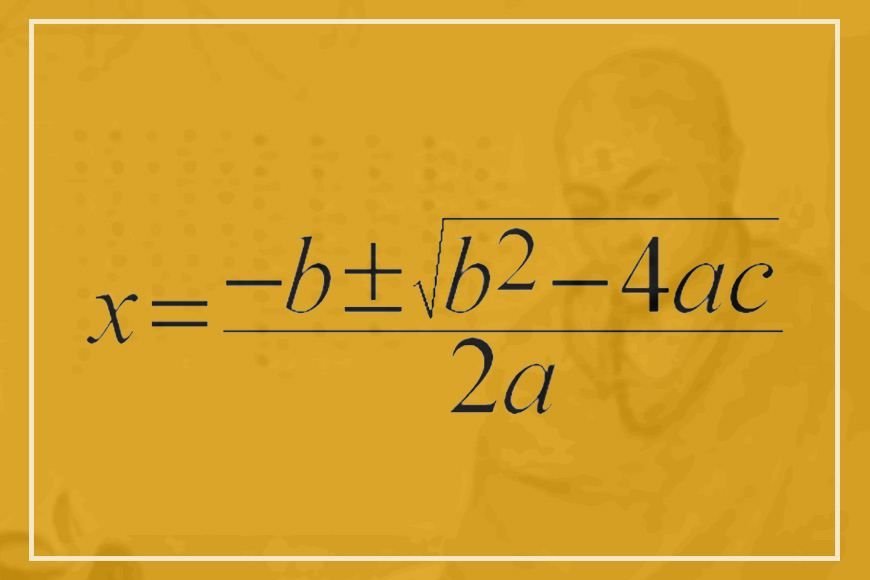Sridhar Acharya, the forgotten Bengali mathematician

In algebra, a quadratic equation (from the Latin quadratus for ‘square’) is any equation that can be rearranged in standard form according to a certain formula. And one of the first people in the world to devise a formula for solving quadratic equations was a Bengali mathematician born in the 9th century AD, the reason we have begun this piece the way we have.
When it comes to the golden age of Indian mathematics (400-1200 AD), the names Aryabhata, Brahmagupta, Bhaskara II, and Varāhamihira come easily to mind. They and their fellow mathematicians were responsible for a great deal of pioneering work in their field, including the decimal number system in use today, early contributions to the study of zero as a number, negative numbers, arithmetic, and algebra, and concepts of trigonometry such as the modern definitions of sine and cosine.
However, one man who is part of that elite group is rarely mentioned, even by his fellow Bengalis. Sridhar Acharya - born to Baladevacharya and Acchoka Bai in about 870 AD in what is today Bhursut in Hooghly district - even has a formula named after him, known as Sridhar Acharya’s formula. In medieval times, Bhurisrestha as it was then known, was a Hindu kingdom spread across what is now Howrah and Hooghly districts in undivided Bengal.
Sridhar Acharya is definitely known as the author of two mathematical treatises, the ‘Trisatika’ (sometimes called the ‘Patiganitasara’) and the ‘Patiganita’. However, at least three other works can be attributed to him, namely ‘Bijaganita’, ‘Navasati’, and ‘Brihatpati’. This assumption is made on the basis of writings by later mathematicians such as Bhaskara II (around 1150), Makkibhatta (in 1377), and Raghavabhatta (in 1493), all of whom mention Sridhar Acharya’s works as source material.
Undoubtedly, however, his most significant work is the ‘Trisatika’, so called because it contains three hundred ‘shlokas’. The treatise contains numerous theories on enumeration, measurements, real numbers, the concept of zero as a number, multiplication, division, fractions, interest calculation, area, square, and many other concepts of mathematical theory. Sridhar Acharya is also credited with separating algebra from arithmetic, and working on the practical applications of algebra.
And yet, little exists on him by way of documented information. Indeed, very little of his own writing has survived apart from ‘Patiganita’ (in truncated form as part of another manuscript), and ‘Patiganitasara’, which is a summation of ‘Patiganita’ and includes the missing portions. We now rely on the works of later mathematicians to derive as much as we can about Sridhar Acharya’s life and works. Unlike his contemporaries and successors, therefore, he has been largely forgotten despite his crucial contributions to the study of mathematical theory. With the International Day of Mathematics coming up on March 14, the least Bengal can do is remember this gifted son.
With inputs from: ‘Sridhara’ by John J. O’Connor and Edmund F. Robertson, MacTutor History of Mathematics archive, University of St Andrews











